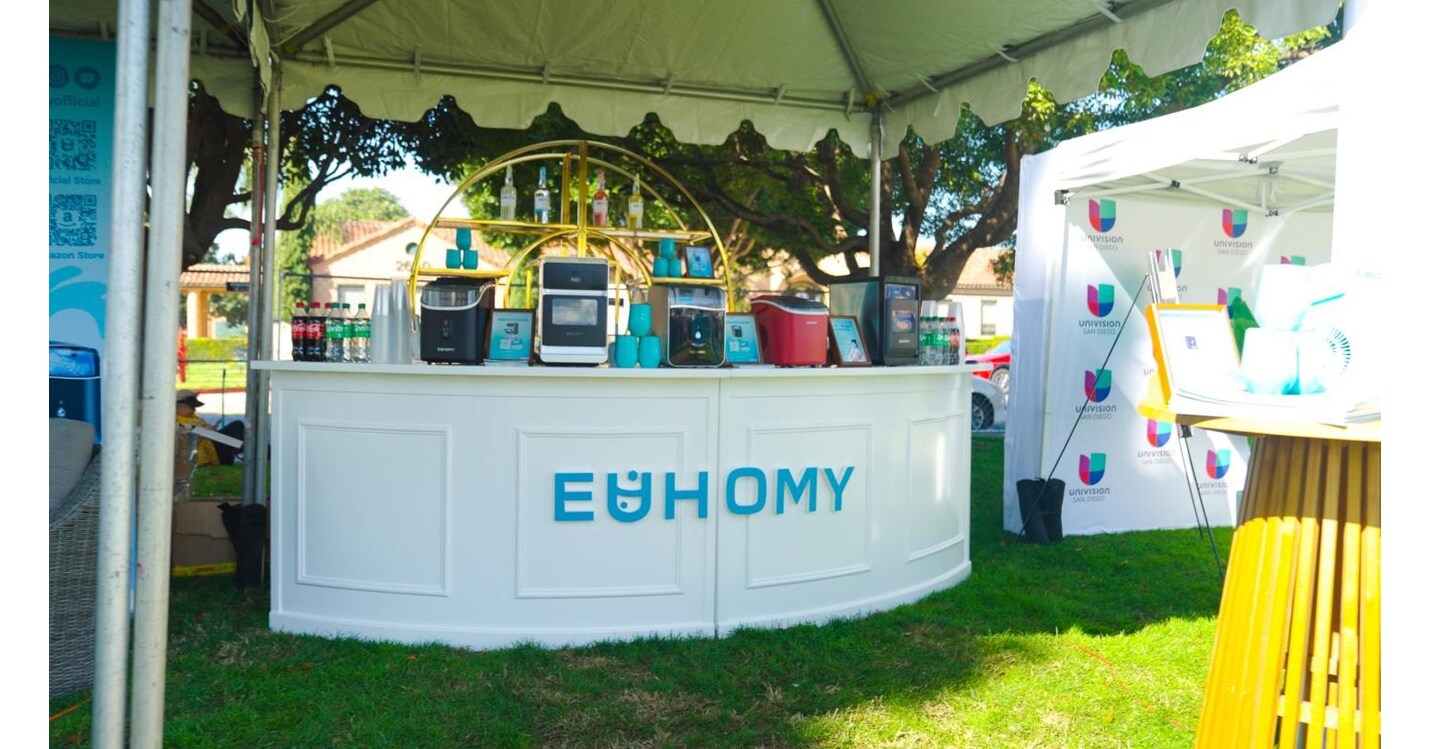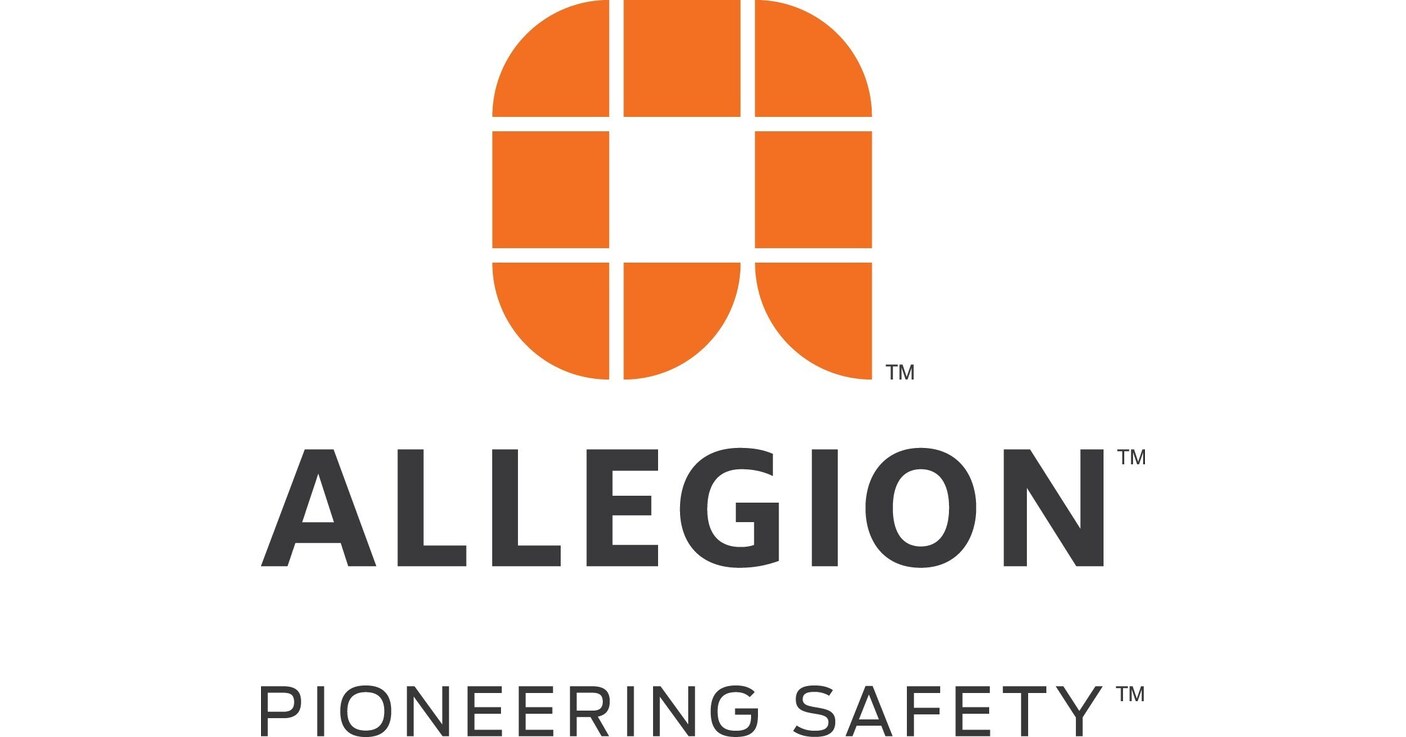The content is about electric buses developed by a company called Zum that have been implemented in the Oakland Unified School District. These buses are fully electric and are helping to reduce pollution and improve air quality for students in underserved areas. They are equipped with vehicle-to-grid technology, allowing them to charge their batteries from the grid and send energy back when needed. This technology helps stabilize the grid during peak demand times. The buses provide a predictable and reliable energy resource for the utility. School buses, although not running frequently, hold significant potential as a valuable resource.
Vehicles that are able to provide power to the grid, such as V2G vehicles, receive compensation from utilities for this service. This revenue stream helps offset transportation costs, making electric buses a cost-effective option compared to traditional diesel buses. By participating in programs like the EPA’s Clean School Bus Program, districts like Oakland Unified can access additional funding to support the transition to electric buses.
The versatility of V2G technology lies in the various types of electric vehicles available for grid interaction. Garbage trucks, delivery trucks, city vehicles, and passenger vehicles all contribute to the pool of idle batteries that can supply power back to the grid when needed. This distributed energy resource becomes crucial as the demand for electricity increases, particularly during heatwaves when air conditioning usage spikes. Energy storage solutions like V2G enable quicker deployment of additional generation capacity and ensure grid reliability during peak demand periods.
In the future, electric school buses could play a key role in providing grid flexibility and supporting the integration of renewable energy sources. As climate change intensifies, the need for innovative energy solutions becomes more pressing. By leveraging the capabilities of V2G technology, communities can not only reduce emissions but also enhance grid resilience and reliability.
Ultimately, the potential of V2G extends beyond transportation to encompass a broader vision of a sustainable energy future. By tapping into the untapped energy resources of idle batteries in electric vehicles, we can create a more resilient, flexible, and sustainable grid system. Embracing these innovative technologies is essential for addressing the challenges of climate change and ensuring a cleaner, greener future for generations to come.






